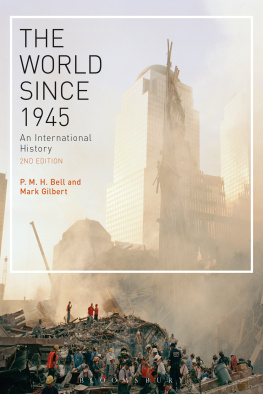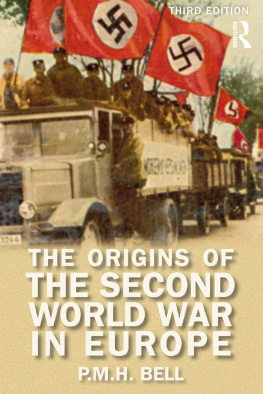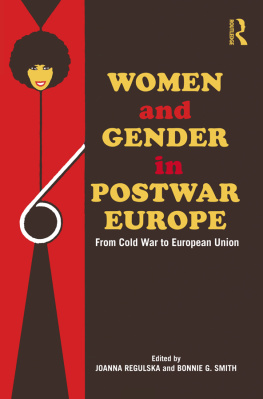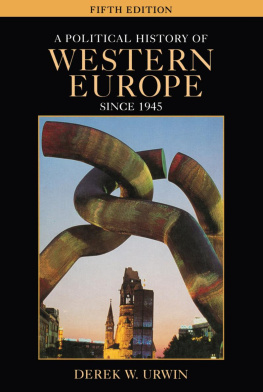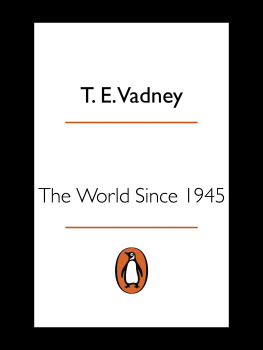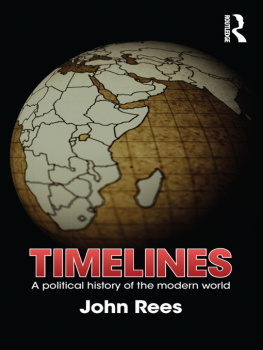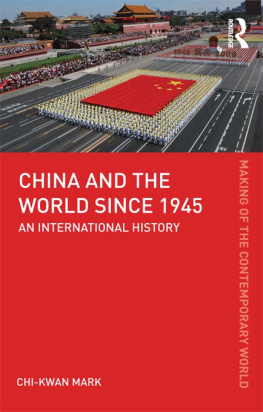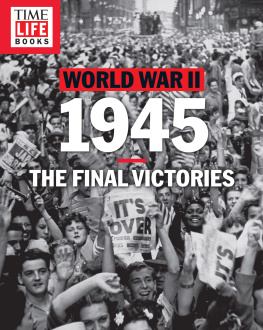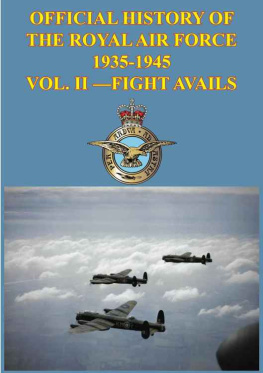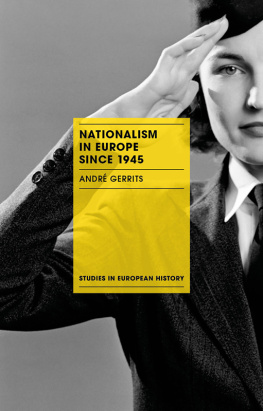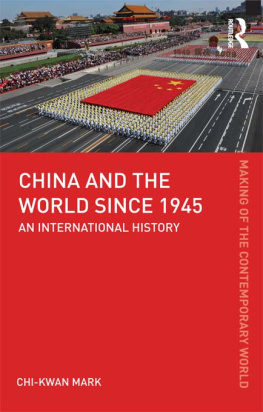The World Since 1945
The World Since 1945
An International History
Second Edition
P. M. H. Bell and Mark Gilbert
Bloomsbury Academic
An imprint of Bloomsbury Publishing Plc

CONTENTS
Philip Bell would like to thank Mark Gilbert for having drawn the threads of the narrative together in such a thoughtful way; Mark Gilbert is grateful to Philip Bell for having involved him in the project at all. Almost three decades ago, in June 1990, Philip Bell examined Mark Gilberts PhD with judicious care, good humour and great insight. He has been a friend and inspiration ever since.
Three research assistants helped in the final stages of the books preparation. Kira Gartzou-Katsouyanni helped plan out the chapters that constitute ; Catherine Simon collated and inserted a lengthy list of changes approved by Philip Bell to the first edition; Kevin Matthees found sources, checked facts tirelessly, corrected stylistic errors, made very useful suggestions, provided precise summaries of complicated events and read every word of the manuscript. Without his help in the spring of 2016 this book would undoubtedly have taken much longer to conclude.
All three of these research assistants recently studied at SAIS Europe, the Bologna Centre of the School for Advanced International Studies of the Johns Hopkins University. For over sixty years, this remarkable institution has been a place where students from all over the world have met to study international relations. Our particular thanks go to Michael Plummer, director of the Centre since September 2014.
We would like to record our gratitude to Bloomsbury for having been so patient, courteous and professional. Particular thanks go to our editors, Claire Lipscomb and Emma Goode, and to Ian Buck and Grishma Fredric for their flexibility and help in the production process.
PMHB
MFG
21 August 2016
This book presents a compact account and analysis of international affairs between 1945 and 2016 from the end of the Second World War to the travails of the new millennium. It deals with international history in all its various aspects relations between governments, the creation of new states through decolonization, the influence of international organizations, the impact of war and economic forces. The significance of such topics and the fascination there is for them need little emphasis. The world was split by the Cold War, and at the same time transformed by the emergence of new states in Asia and Africa. Since the 1990s, global politics has been affected by the accelerating shifts in population and economic activity away from the developed world and towards the giant societies of what were once called the Third World the rapidly developing countries of Asia, Latin America and, increasingly, Africa. In three decades of rapid economic growth, China has become a power second only to the United States.
Everyone who has lived through these changes has been affected by them, and succeeding generations will also feel their effects. To understand them helps us to make sense of the world in which we live.
The goal of this volume, in fact, is to present a broad overview of the changes that have occurred in the international system of states in the last seventy years. Of course, to deal with so vast a subject in a single volume (even a rather long one) requires a good deal of simplification, with its consequent dangers. Anyone familiar with the detail and depth of historical research knows that simplification can distort a complicated reality. Yet simplification also has its advantages in opening up any subject. Winston Churchill sometimes urged his military advisers not to start by expounding all the difficulties involved in a proposed operation the difficulties, he said, would speedily argue for themselves. Similarly, in any general history, it is a good plan to start by simplifying, and we can be sure that the complexities will argue for themselves. To start with the complexities may well mean getting lost straight away! In this book, therefore, complicated matters are dealt with as straightforwardly as possible. Readers will find ample means to pursue them further, starting with the suggestions for further reading at the end of the book.
The structure of the book may need a few words of explanation. After a prologue on the Second World War, which sets the scene for much of what follows, the main body of the work is divided into six sections, which are both thematic and chronological in organization. strives, in four thematic chapters, to give an impression of key developments in international affairs since the end of the Cold War. A chapter on global issues (demographics, economic development, migration, global warming, international trade) is followed by a chapter on the revival of nationalism in post-Cold War Eurasia. The next chapter, The wounded hegemon, deals with the role of the United States in world politics since the end of the Cold War. The final chapter in this section looks at democracy and human rights in the world since the 1990s.
At the end of each section we have paused for a reflection a short essay on some aspect of the section in question. At times, these reflections act as conclusions, drawing together the threads present in the substantive chapters preceding them; at other times, they introduce new material in order to make a general point.
Organizing the book in this way necessarily led to some overlap, but we have striven to keep this to a minimum, and, in any case, each part may be read separately if need be.
Two things perhaps need to be said about the books treatment of its subject matter. First, the book is in many ways traditionalist in its approach towards international affairs. It deals primarily with wars, treaties, international organizations, power politics, arms races, states and the actions of statesmen (and a handful of stateswomen). Nor does it apologize for this. To paraphrase one of Isaiah Berlins favourite remarks, the world is what it is, not something else. Second, and despite the fact that both authors are scholars of the international history of modern Europe, the book is genuinely global in scope and, to this extent, is anything but traditional. Precisely because the book deals with the traditional questions of international history, its focus is not Eurocentric or even Atlantocentric. The Cold War was a global conflict, and most of the post-war worlds distinctive events its great wars, but also its most important ideological and political shifts took place in Asia, in Africa and in the Middle East. We have tried to capture what these events meant for the societies affected by them and to analyse their broader significance for international politics. We may not have succeeded, but the attempt was sincerely made.
The great Polish-British historian Lewis Namier urged the general historian and here we return to the theme of simplification to discover and set forth, to single out and stress that which is the nature of the thing, and not to reproduce indiscriminately all that meets the eye. We think that the international politics of the last seventy years has been characterized by the Cold War and by the shift in the global power from the North and West of the world to the East and South. These developments are the nature of the thing. We do not pretend that this represents an insight of any great originality, but it is one that has the advantage of being true. General histories are crafted upon (or perhaps around) such truths.

